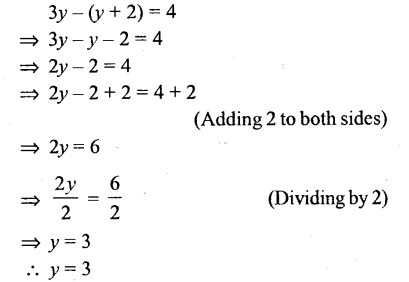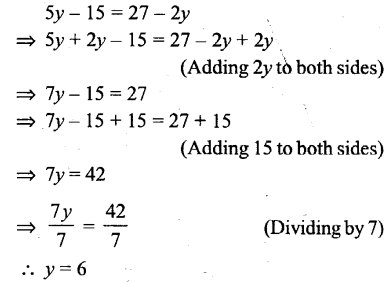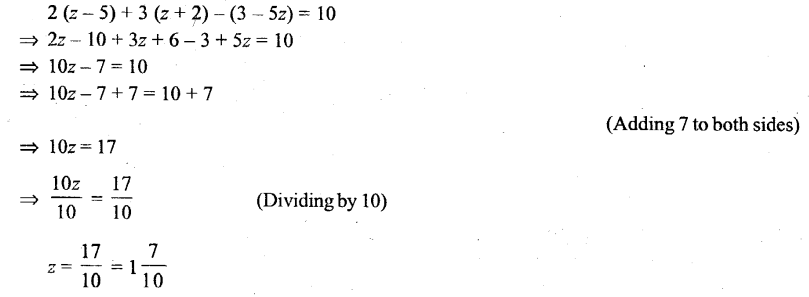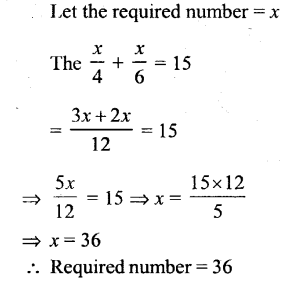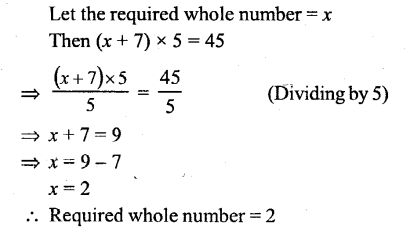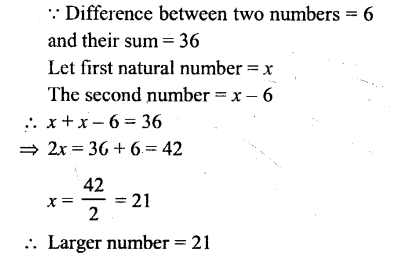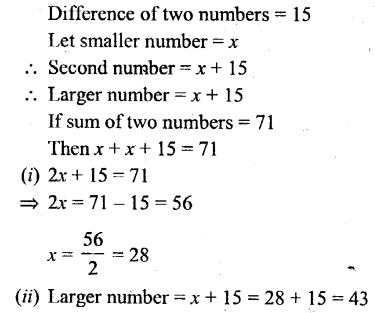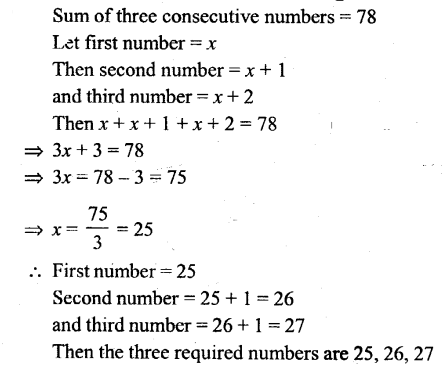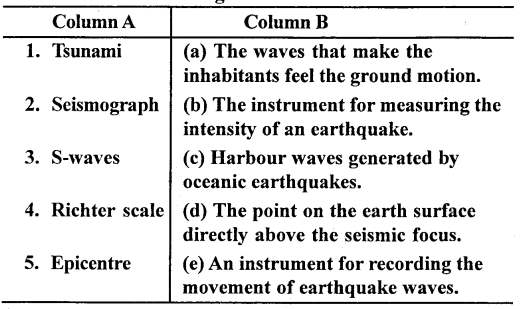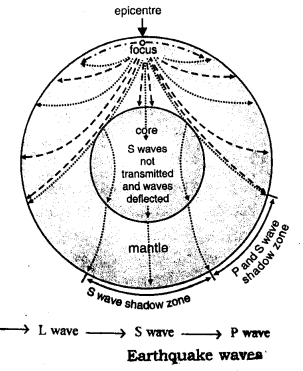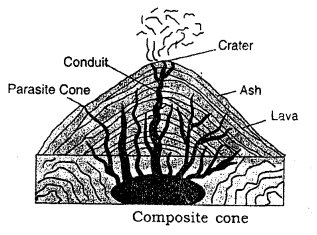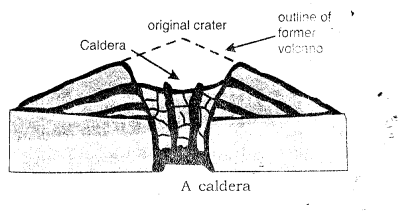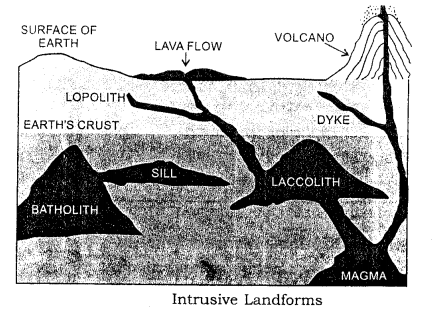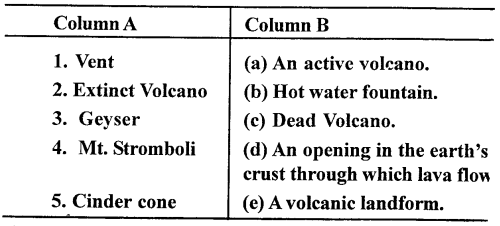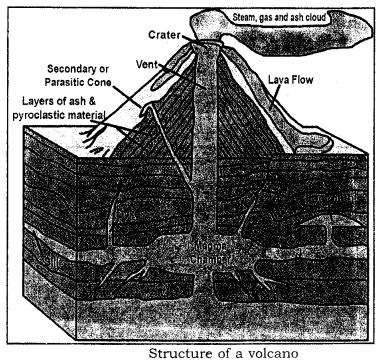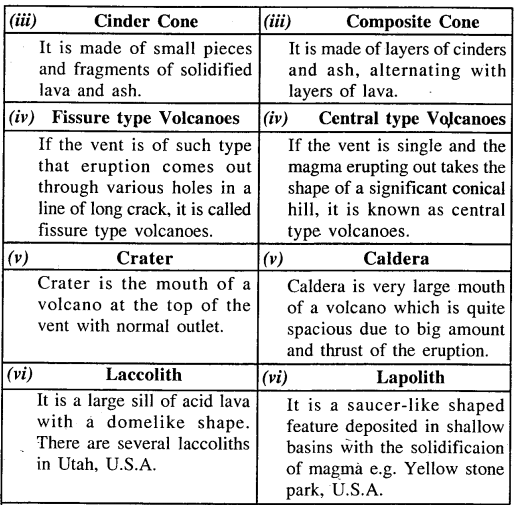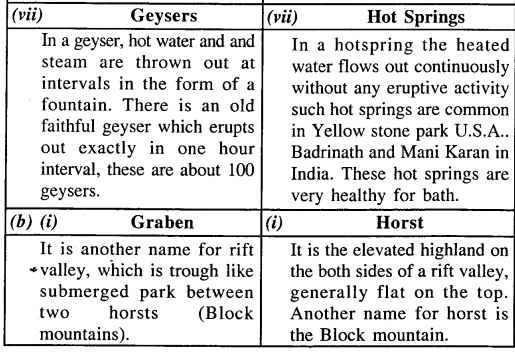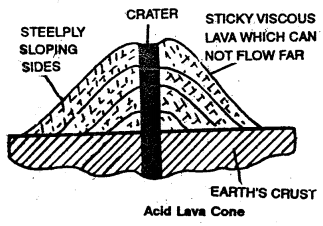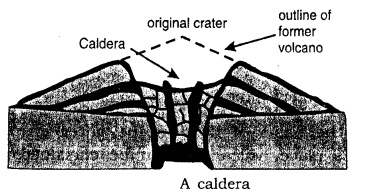ICSE Solutions for Class 9 History and Civics – The Mauryan Empire
ICSE SolutionsSelina ICSE SolutionsML Aggarwal Solutions
EXERCISES
Question 1.
Name any two sources to reconstruct the Age of the Mauryas.
Answer:
Literary Sources: Indica (Written by Megasthenes), Arthashastra
Archaeological sources: The Rock Edicts of Ashoka, the Ashokan Pillars.
Question 2.
Who was Kautilya (Chanakya)? Name the famous book written by him.
Answer:
Kautilya (Chanakya) was a learned Brahmin of Taxila, who later on became a prominent diplomat in the kingship of emperor Chandragupta Maurya. The ‘Arthashastra’ was written by Kautilya.
Question 3.
What is a Stupa ? Name one stupa built by Ashoka ?
Answer:
The Stupa is a semi-spherical solid dome-like structure made of unburnt bricks and stones. The Sanchi stupa was made by Ashoka around 3rd century BC.
Question 4.
Why did Seleucos Nicator invade India?
Answer:
Seleucos Nicator was a Greek king, he invaded India with an intention to recover the Greek conquests in India.
Question 5.
What do you know about the extent of Chandragupta Maurya’s empire?
Answer:
The empire of Chandragupta Maurya had been extended up to Mysore in the South and Kabul, in the north-west. It stretched from Saurashtra in the West up to Bengal in the East.
Question 6.
What change did the Kalinga War bring about in Ashoka’s life?
Answer:
Ashoka was the Bird and the most enlightened ruler of the Mauryan dynasty. The Kalinga War was the major turning- point in the career of Ashoka. the massacre of Kalinga absolutely converted the aggressive conscience of his. He „ was so moved by this dreadful heart-tearing scene that he dropped his weapons forever and became a follower of Lord Buddha.
Question 7.
Mention two advantages of the Pan-Indian character of the Mauryan empire.
Answer:
Pan-Indian or Subcontinental character of the Mauryan empire. Ashoka ruled over a large part of the Indian subcontinent. There were three main advantages of the Pan-Indian character of Ashokan empire. First, it resulted in the disappearance of small states. Second, it enabled the rulers face foreign invasions successfully. Third, it facilitated trade and commerce with frontier towns as well as the Middle Eastern and Greek cities.
Question 8.
What does Megasthenes’ Indica tell us about the king’s life?
Answer:
Megasthenes’ Indica tells us that the king Chandragupta had been the first historical emperor of India. He expanded his empire in India and beyond her neighboring countries. Chandragupta renounced princely life and settled down at a place Sravana Belagole in southern India. Here, he died as an ascetic.
Question 9.
What does Kautilya tell us about the duties of the king?
Answer:
Kautilya divided the King’s day into eight parts. It was the King’s duty to give close attention to people’s welfare, social order and military action.
Question 10.
What does Megasthenes tell us about the City administration?
Answer:
Megasthenes explains that the City administration was divided into six boards of five persons each. Each Board dealt with a specific function, such as the supervision of trade and commerce or census of population or care of foreigners and so on and so-forth.
Question 11.
What is the importance of Ashoka’s inscriptions (Stone Edicts)?
Answer:
The Ashoka’s inscriptions (Stone Edicts) leave the message of love with mankind and all living creatures. It exhorted people to live with peace. Might is not the ultimate solution to any problem, as it ends in destruction and ruthless killings.
Question 12.
Mention any two principles of Ashoka’s
Answer:
Two principles of Ashoka’s Dhamma are:
- Purity of Domestic Life.
- Toleration.
( STRUCTURED QUESTIONS )
Question 1.
Describe the sources to reconstruct the Age of the Mauryan with reference to the following:
(a) Indica (b) Arthashastra
Answer:
(a) Indica — Megasthenes wrote a book named Indica which contains his impressions of what he heard and saw during his stay in India. Megasthenes’ original Indica has been lost, but its fragments still survive in the writings of later Greek Authors like Starbo, Arrian, Diodorous. Plutarch and Justin.
(b) Arthashastra — Of all the literary sources on the history of the Mauryas, the most important source is the Arthashastra written by Kautilya, also known as Vishnugupta and Chanakya. Arthashastra contains 6000 shlokas and is divided into 15 sections and 180 subjects. It is written in Sanskrit. These subjects deal with politics, rules ofdiplomacy, principles of administration and other political topics. This book was discovered in 1909.
Question 2.
What is an Edict ? Mention the significance of Ashokan Edicts, with particular reference to the Rock Edict XIII and the Rummindei Pillar Inscription.
Answer:
Ashokan Edicts: An edict means “an official order or proclamation. According to the Rock Edict XIII, in Kalinga war about a hundred thousand people were killed and as many as one hundred and fifty thousand were taken as prisoners. The horrors of the War awakened in Ashoka’s heart the feelings of profound sorrow. The XHIth Rock Edict says “The Beloved of the Gods, the King considers victory by dhamma to be the foremost victory.” The inscription on the Rummindei Pillar, for instance says “King, the beloved of the Gods, visited this spot in person and offered worship at this palace, because the Lord Buddha was born here.”
Question 3.
Chandragupta ruled over a vast empire. In this context explain:
(a) His main conquests.
(b)Details of his victory over Seleucos Nicator.
Answer:
Chandragupta ruled over a vast empire in this context, the given heading are explained below:
(a) His main conquests: He conquered West Punjab and Sindh. Next, he attacked Magadha and uprooted the Nanda dynasty and took control of their rich and powerful kingdom, Magadha.
(b) Details of his victory over Seleucos Nicator: The territories west of the Indus were ruled by the Greek king Seleucos. He crossed the Indus in 305 BC and hoped to march victoriously through the Punjab.The Mauryan armies rushed to the north-west and inflicted a crushing defeat on the invader. Seleucos was forced to retire and had to purchase peace by ceding to Chandragupta the territories of Herat, Kandahar and Kabul (Afghanistan). Chandragupta presented him with 500 war-elephants. It is said that Chandragupta married princess Helen, the daughter of Seleucus. The Greek King maintained friendly relations with the Mauryan Court and sent Megasthenes as his ambassador who lived in Pataliputra and wrote a book on India.
Question 4.
The administration of a vast imperial state raised intricated problems which were wisely solved by Chadragupta Maurya and Ashoka. In this context explain briefly:
(a) Position of the king.
(b) Role of the Council of Ministers.
(c) Provincial Administration.
Answer:
In context of the intricated raised problems by the administration of a vast imperial state and talking them Wisely by Chandragupta Maurya and Ashoka, the given heads are explained below:
(a) Position of the king: The king was the supreme Head of the State and had military, judicial and executive powers. He also had the power to enact laws.
(b) Role of Council of Ministers: They were small in number, but were very influential. At times, the Council of Ministers (.Mantriparishad) could act as a check on the King’s powers. The ministers also advised the King in the task of choosing governors. General of the Army, Treasurer of the State, chief magistrates and other high officials.
(c) Provincial Administraction: Next to the Emperor, tanked the Governors incharge of provinces of the empire. The Ashok an inscriptions mention four such Governors posted at Taxila (Northern Province), Ujjain (Western Province), Tosali (Eastern Province) and Suvarnagiri (Southern Province). The Governors had their ministers and also had the power to appoint a few officials. The smaller provinces were under officials called Pradesikas in the Ashokan Edicts.
Question 5.
What do you know about:
(a) Mauryan District Administration.
(b) Mauryan City Administration.
Answer:
The above headings are described as follows:
(a) Mauryan District Administration:
Provinces were divided into districts for purposes of administration. Ashokan inscriptions refer to three classes of high officials, namely the Rajukas, Yuktas and the Mahamatras. The Rajukas were probably incharge of district and corresponded to the District Magistrates of the present day. They managed the state property and kept law and order in the districts. The Yuktas were probably the District Treasury Officer who collected revenues and kept accounts. The Mahamatras were heads of special departments. Ashoka created a new class of Mahamatras which included the Dhamma Mahamatras who promoted Dhamma (Dharma) and looked after the general interests of women were protected by a separate Department, headed by Stri Adhyaksha Mahamatra.
(b) Mauryan City Administration:
In the Arthashastra ’s there is a mention of the Nagarka who functioned as a City- Superintendent or a City-Magistrate, with a number of officers assisting him. Nagarka was entrusted with the duties such as providing water facility to the city dwellers, the maintenance of public roads and public buildings, the inspection of city walls and city towers and taking precautions against fire. He was often required to meet difficult situations like—floods, epidemics.According to Megasthenes, the city administration was divided into six boards of five persons each. Each board dealt with a specific function, such as supervision of trade and commerce or census of population or care of foreigners. The six Boards acted together in general matters like—the maintenance of public buildings, fire-protection and care of wells and temples, etc.
Question 6.
Ashoka’s Dhamma was not a narrow religious faith. Its broad objective was to promote harmony and the spirit of common brotherhood amongst people of the realm. In this context explain:
(a) Fundamental Principles of Dhamma.
(b) Means adopted for the propagation of Dhamma and the spread of Buddhism.
Answer:
In context of Ashoka’s Dhamma was not a narrow religious faith. Its broad objective was to promote harmony and the spirit of common brotherhood amongst people the following principles were adopted:
(a) Fundamental Principles of Dhamma: The Prakrit word ‘Dhamma’ and the Sanskrit word ‘Dharma’ have the same meaning. Dharma never meant exactly ‘religion’. It Implied such concepts as justice, virtue, morality, law and duty. The fundamental principles of Ashoka’s Dhamma are as follows:
- Purity of Domestic Life: Ashoka presented himself to be a father-figure. He speaks of his people as his children and directs them, “to respect their parents, elders and teachers.” the superiors, on the other hand, were required “to treat their inferiors, including servants, slaves and all living creatures with kindness.” An important duty assigned to all persons was that of truthfulness.
- Toleration: Ashoka had a secular attitude while justifying with different religions prevailing in his regime. The people were required to refrain from speaking ill of their neighbour’s faith. He exhorted that all religions were supposed to attain self-control and purity of mind.
- (Sanctity of Life: Ashoka exhorted his people to follow the parth of Ahimsa. No animal should be slaughtered for sacrifice. He undertook public welfare works like— construction of roads and hospitals for both the men and animals.
- True Ceremonial: Ashoka condemned all sorts of meaningless and worthless rituals performed on the occasion of childbirth, wedding, death or departure on journey. He declared that the True Ceremonial was “kindness to living creatures and Liberality to asceics and Brahmins” People should spread Dhamma in all directions. That is the best ceremony and the best gift.
(b)
The means adopted for the propagation of Dhamma were as follows:
- Ashoka practiced what he preached. He gave up the Royal Hunt and also stopped the killing of living creatures for the delicacies of the royal kitchen,
- The officers of the State were required to tell people about their duties,
- Ashoka created a special class of officers, called Dhamma Mahamatras, who were charged with the duty of enforcing the moral code and looking after the welfare of the people, Missionaries were spent to all frontiers of the empire and to Sri Lanka, Syria, Egypt and Macedonia for the propagation of Dhamma and the spread of Buddhism.
Question 7.
Identify the picture given below and answer the following questions

(a) When and by whom was the Original Stupa built ?
(b) Which Dynasty enlarged it ?
(c) Mention two important features of the Stupa.
(d) What events are depicted on the panels of the Gateway?
Answer:
(a) The great stupa at Sanchi near Vidisha in Madhya Pradesh is believed to have been originally built in the 3rd Century BC by Ashoka to enshrine the relics of Buddha. Later it was enlarged during the Sunga, period.
(b) It was enlarged during the Sunga, period.
(c) The stupa is a semi-spherical solid dome-like structure made of unbumt bricks and stones. The Buddhist stupa has special significance. It represents the spiritual body of Buddha containing his relics such as hair, teeth or bones. A casket containing these relics is placed at the base of the dome.
(d) Gateways are lavishly covered with magnificent sculptures which depict episodes from Buddha’s life and from Jataka tales. Buddha was represented in Symbolic form like that of a wheel or a lotus or a throne under a pipal tree.
Question 8.
It is only with Ashoka that we can properly begin the history of the art and architecture of ancient India. In this context explain briefly:
(a) Arts and Crafts that flourished during Ashoka’s reign.
(b) A few features of the Ashokan Pillars.
Answer:
(a) Arts and Crafts:
Arthashastra mentions several regions which specialized in textiles, such as Kashi (Varanasi) Vanga, Vatsa and Kalinga. A separate section in Arthashastra deals with the technology of gold mining. In fact, the southern province of the Mauryan empire was named Suvamagiri, which itself is an evidence of the comprehensive exploitation of the earth’s gold reserves. Ashoka made many improvements in replacing the old wooden material of the Imperial Palace by stone.
(b) A few features of Ashokan Pillars:
The Pillars of Ashoka are a series of columns dispersed throughout the Northern Indian Subcontinent, erected or at least inscribed by the Mauryan King Ashoka. The most celebrated pillar is the pillar with the lion capital at Sarnath here, four lions are seated back to back, which symbolizes the different steps of Budha’s life. All these pillars are monolithic i.e., they are carved out of one piece of stone each pillar weighs about 50 tones. At the top of each such pillar is the capital which is also monolithic.
Question 9.
Ashoka was a promising warrior, but soon after the Kalinga War, he turned into a practicing moralist. In this context explain:
(a) Fundamental Principles of Dhamma.
(b) True Nature of Dhamma.
Answer:
In context of becoming of Ashoka to be a practicing moralist soon after the Kalinga War, the given heads are explained as under:
(a) Fundamental Principles of Dhamma:
The Prakrit word ‘Dhamma and the Sanskrit word ‘Dharmci have the same meaning. Dharma never meant exactly ‘religion’. It Implied such concepts as justice, virtue, morality, law and duty.
The fundamental principles of Ashoka’s Dhamma are as follows:
(a) Purity of Domestic Life: Ashoka presented himself to be a father-figure. He speaks of his people as his children and directs them, “to respect their parents, elders and .teachers.” the superiors, on the other hand, were required “to treat their inferiors, including servants, slaves and all living creatures with kindness.” An important duty assigned to all persons was that of truthfulness.
- Toleration: Ashoka had a secular attitude while justifying with different religions prevailing in his regime. The people were required to refrain from speaking ill of their neighbor’s faith. He exhorted that all religions were supposed to attain self-control and purity of mind.
- Sanctity of Life: Ashoka exhorted his people to follow the path of No animal should be slaughtered for sacrifice. He undertook public welfare works like— construction of roads and hospitals for both the men and animals.
- True Ceremonial: Ashoka condemned all sorts of meaningless and worthless rituals performed on the occasion of childbirth, wedding, death or departure on journey. He declared that the True Ceremonial was “kindness to living creatures and Liberality to asceics and Brahmins”. People should spread Dhamma in all directions. That is the best ceremony and the best gift.
(b) True Nature of Dhamma: “The Dhamma preached by Ashoka is Buddhism.” Undoubtedly, Ashoka’s personal religion was Buddhism, but he did not impose his religion ^on his subjects. Ashoka’s Dhamma was basically a Universal Religion.
ADDITIONAL QUESTIONS
Short Answer Questions:
Question 1.
What are our main sources of information on the Mauryan ruie ?
Answer:
Main sources of information on the Mauryan rule are edicts of Ashoka (14 rock edicts, seven pillar edicts and minor rock edicts), Sanchi Stupa, Nandangarh pillar, ‘Indika’ by Megasthenes, ‘Arthashastra’ of Kautilyaand Visakhadutta’s ‘Mudrarakshasa’ etc.
Question 2.
Who wrote Arthashastra ? What is its importance ?
Answer:
It was written by Chanakya (Vishnugupta). It contains 6000 shlokas divided into 15 sections and 180 subjects. It is remarkable for political clues, diplomacy and administration.
Question 3.
What is the importance of Ashoka’s edicts ?
Answer:
These are the most important source of Mauryan history. These are the oldest and the best preserved and most precisely dated epigraphic records of India.
Question 4.
What is a stupa ? Name one stupa built by Ashoka.
Answer:
The Stupa is a semi-spherical solid dome-like structure made of unburnt bricks and stones. The Sanchi stupa was made by Ashoka around 3rd century BC.
Question 5.
How did Chandragupta Maurya establish the Mauryan dynasty ?
Answer:
Chandragupta’s empire extended from Kabul and Kandahar in theNorth WesttoMysore in the South, andfrom Saurashtra in the west to Bengal in the east. With the cooperation of Kautilya or Chanakya, he became successful to conquer over Nandas and annexed Magadha and made Pataliputra (Patna), his capital in 321 BC. After regular fighting against Greek ruler, Alexander, he occupied Punjab in 322 BC. Again in 306 BC he defeated Seleucus and occupied Kabul, Kandalar, Herat and Baluchistan etc. He again extended the empire to the South.
Question 6.
Give a brief account of the political conditions in India under Bindusara.
Answer:
Bindusara succeeded Chandragupta and ruled upto 273 BC. He conquered many parts of South India after defeating sixteen rulers. There was a revolt in Taxila between Ashoka and other sons of Bindusara. He maintained friendly relations with Hellenic world or Greek and received many gifts.
Question 7.
What is the importance of Kalinga war in the personal life of Ashoka ?
Answer:
Ashoka was deeply moved by the blood-shed and destruction in Kalinga war e.g. 150 thousand prisoners, 100,000 were slain and many more were injured. He adopted Buddhism and ordered for ban on killing of animals and human beings too.
Question 8.
Name the two taxes mentioned in the Edicts of Ashoka.
Answer:
Two kinds of taxes, namely Bali and Bhaga are mentioned in the Edicts of Ashoka.
Question 9.
Name four important ways in which Buddhism spread under the royal patronage during the Mauryan times.
Answer:
The sub-continental extent of the Mauryan Empire and the concept of universal empire took its religion (Buddhism), beyond the Hindukush and for away beyond the Bay of Bengal. Under the powerful royal patronage by Ashoka, Buddhism spread in major part of Asia, while various parts of Asia were under aggression. King Ashoka personally worked hard to establish Buddhism along with his son Mahindra and daughter Sanghmitra in Sri Lanka.
Question 10.
What is meant by Ashoka’s Dhamma ?
Answer:
Ashoka’s Dhamma was based on the unifying principles of all major religions of the world. It is described as a ‘Moral Law’, ‘a common code of conduct or an ‘Ethical order’. Which is common meeting ground of all religions.
Question 11.
Give the basic principles of Ashoka’s Dhamma.
Answer:
The basic principles are as follows:
- To respect elders and love young ones.
- Ahimsa
- Good deeds
- To respect all religions
- Discard baseless rituals.
Question 12.
What was the impact of Dhamma an Ashoka’s policies?
Answer:
The advantages of the impact of Dhamma were as follows:
- Religious unity and tolerance
- Application of moral values in life.
- End of crimes
- Public welfare through end of wars and development policies.
Question 13.
What is meant by Pan-Indian character of the Mauryan administration ?
Answer:
The Maurya administration was remarkable for its widespread and multipurpose achievements by conquering various foreign forces led by Alexander and Seleucus in N.W. India, and Nandas in Ganga-basin and Mysore rulers n the South. After Kalinga war Ashoka encouraged the development in art, culture and economy of India. So it is called Pan-Indian character due to its extension and gravity of realm covering a large part of India.
Question 14.
How was the district administration organised during Mauryan period ?
Answer:
The provinces were divided into districts called Janpadas. Their administration was looked after by ‘Pradeshika’, ‘Rajuka’ and Yukta.
II. Structured Questions.
Question 1.
With reference to the sources of information on the Mauryan Empire, explain briefly the significance of the following:(a) Arthashastra (b) Indica (c) Sanchi Stupa
Answer:
(a) Arthashastra — Of all the literary sources on the history of the Mauryas, the most important source is the Arthashastra written by Kautilya, also known as Vishnugupta and Chanakya. Arthashastra contains 6000 shlokas and is divided into 15 sections and 180 subjects. It is written in Sanskrit. These subjects deal with politics, rules of diplomacy, principles of administration and other political topics. This book was discovered in 1909.
(b) Indica — Megasthenes wrote a book named Indica which contains his impressions of what he heard and saw during his stay in India. Megasthenes’ original Indica has been lost, but its fragments still survive in the writings of later Greek Authors like Starbo, Arrian, Diodorous. Plutarch and Justin.
(c) Sanchi Stupa — Sanchi Stupa was built around 3rd century BC by Ashoka at Sanchi about 60 km from Bhopal in Madhya Pradesh. Its dimensions are 36.58 metres in diameter and 16.46 metres in height. The pillars of the railings are 2.784 metres high. During the Sunga period, the wooden railings were replaced by stone railings. There are four gateways in four directions. They have carved panels depicting events from the life of Buddha and some tales Jataka stories.
Question 2.
With reference to Mauryan Empire, answer the following questions:
(a) Give a brief account of how Chandragupta established the Mauryan empire.
(b) Give a brief account of Kalinga war and its consequences.
Answer:
(a) Chandragupta and Chanakya both together became successful to uproot Nandas from Magadha and thus took revenge for their dishonour by Nandas. Under the perfect guidance of Chanakya, Chandragupta was successful to defeat Alexander and Seleucus and conquered N. W. part of India. Apart from the vast realm along Ganga basin up to Bengal, he also spread the empire up to South.
(b) Kalinga War in 261 BC, resulted in the death of 100,000 warriors, 150,000 prisoners and many more injured. All this changed Ashoka’s personal life. He stopped hunting and eating meat and abandoned luxurious life. He declared Buddhism as state religion. Prisoners of war were made cultivators who added economic prosperity to the empire, but mil itary efficiency was decreased.
Question 3.
With reference to Mauryan administration, answer the following questions:
(a) Why is Chandragupta Maurya regarded as the chief architect of the system of administration ?
(b) Briefly describe the main features of civil and military administration under Mauryan rule.
(c) What is meant by the Pan-Indian character of Mauryan administration ?
Answer:
(a)
In the time of Nandas the empire was undisciplined due to the faulty character of Nanda king. He insulted Chanakya, too. So Chanakya promised to destroy Nandas and prepared Chandragupta for a successful ruler, under his sharp guidance. Thus, Chandragupta became the basic founder of the Mauryan empire, extending to a large part of India ; with the administrative capital at Patliputra.
(b)
Civil administration was divided to central and provincial governments with governors and council of ministers. Chandragupta maintained a huge army consisting of infantry, cavalry, elephants and chariots etc.
(c)
The Pan-Indian character of Mauryan administration means the ruling region of Mauryan empire extended to a vast area of India from N. W. part to Bengal and up to Mysore region in South.
Question 4.
With reference to Provincial Governments under the Mauryan rule, answer the following questions
(a) Name the different provinces and their capitals into which the Mauryan empire was divided.
(b) How was the provincial administration run ?
(c) What changes were brought about in the Mauryan administration during Ashoka’s reign ?
Answer:
(a)
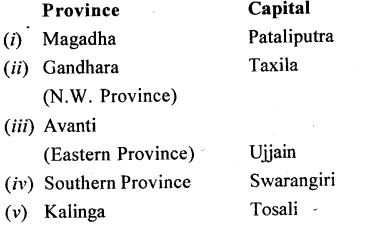
(b)
Head of the province was called ‘ Kumar’ or ‘ Aryaputra’, who were assisted by the Governors (Mahamatras). Besides this ‘Pradeshika’ (tax-collector), Rajuka (revenue officer) and Yukta (treasurer) etc. were other helpers.
(c)
The Mauryan administration was highly centralised. The metropolitan state of Magadha was connected with surrounding states with active trade links and economic Revenue officers had to tour the areas under their jurisdiction and enquire into the well being of the subjects. On account of some language problem, some peripheral regions were subjected to self-government.
Question 5.
With reference to the Mauryan administration write short notes on the following:
(a) District Administration (b) Revenue system
Answer:
(a)
The district or Janapadas were administered by Pradeshika, Rajuka and Yukta.
(b)
The revenue shared one-sixth to one-fourth of the produce. ‘Bhaga’ was levied for agricultural produce and the cattle and ‘Bali’ was a religious tribute. Taxes collected from many shops, professionals, forests and mines, were applied for facilities of roads, irrigation hospitals and other expenses of the state.
Question 6.
With reference to the spread of Buddhism under the Mauryas, answer the following questions:
(a) What was the Mauryan concept of Universal Empire?
(b) Give the important causes for the spread of Buddhism.
(c) What was known as ‘Ashoka’s Dhamma’? State its features and principles.
Answer:
(a)
Mauryan concept of Universal Empire was linked with the extension of Mauryan Empire along with Buddhism through spread of Buddhism beyond the boundaries of India as it is clear that Buddhism spread in the largest part of Asia, i.e. Burma, Indonesia, Indochina, China, Japan and Mangolia, Afghanistan etc.
(b)
Important causes of spread of Buddhism were: Employees for propagation of the religion.Royal Patronage of Chandragupta, Ashoka etc.Various edicts and pillars established for spreading the important principles. Foreign Missions were organised by Ashoka along with his son daughter to preach about Buddhism in Burma, Nepal, Egypt and Syria etc.
(c)
Ashoka’s Dhamma was based on the unifying principles of all major religions of the world. It is described as a ‘Moral Law’, a common code of conduct or an ‘Ethical order’. Which is common meeting ground of all religions.
The basic feature and principles are as follows:
- To respect elders and love young ones.
- Ahimsa
- Good deeds
- To respect all religions
- Discard baseless rituals.
Question 7.
Study the Ashokan Edict and answer the following questions:
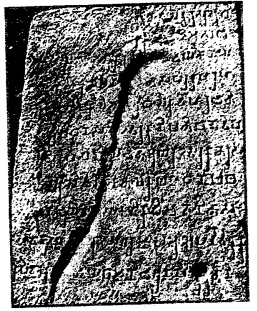
Question 1.
What is an edict ? Where are these edicts inscribed ?
Answer:
An edict is a decree issued by a Sovereign. The edicts of Ashoka form the most important source of Mauiyan history. These edicts are inscribed on rocks and pillars throughout the country and include 14 major Rock Edicts, seven pillar edicts and a number of minor rock edicts.
Question 2.
What is the significance of edicts as a source of information ?
Answer:
The edicts provide a useful insight into the life and ideals of Ashoka in particular and about the history of the Mauryas in general.
Question 3.
Explain briefly the importance of Ashoka’s edicts, giving example from one of his edicts.
Answer:
The edicts of Ashoka form the most important source of Mauryan history. They are the oldest, best preserved and precisely dated records of India. These edicts are inscribed on rocks and pillars throughout the country and include 14 Major Rock Edicts, seven pillar edicts and a number of minor rock edicts. The inscriptions on these edicts provide a useful insight into the life and ideals of Ashoka in particular and about the history of the Mauryas in general. Rock Edict-I is one of the important edict which states, about the protection of animals



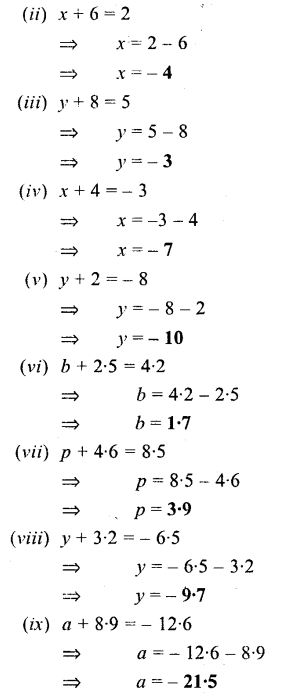
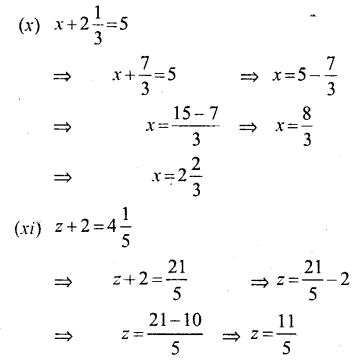


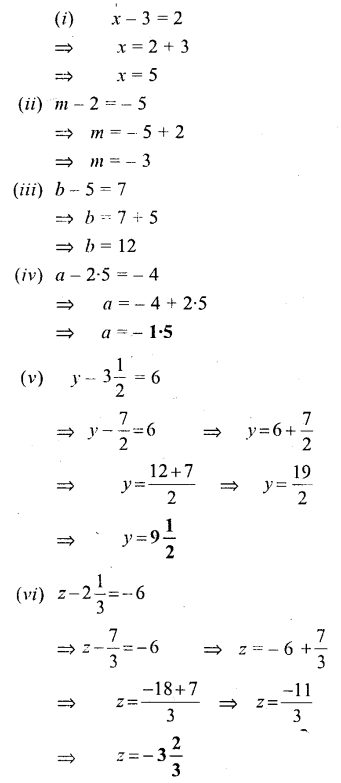
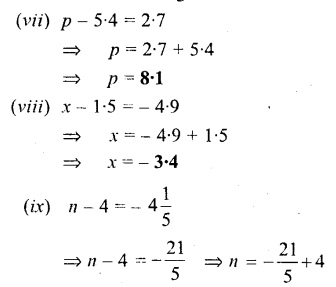




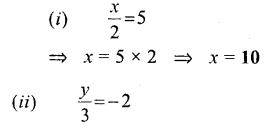

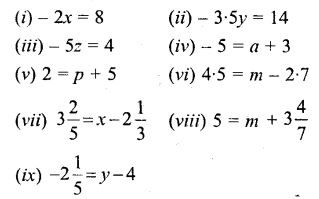
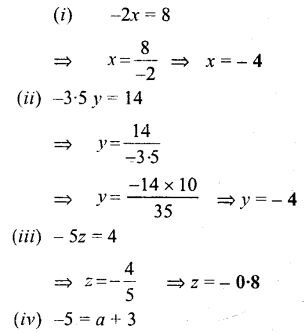
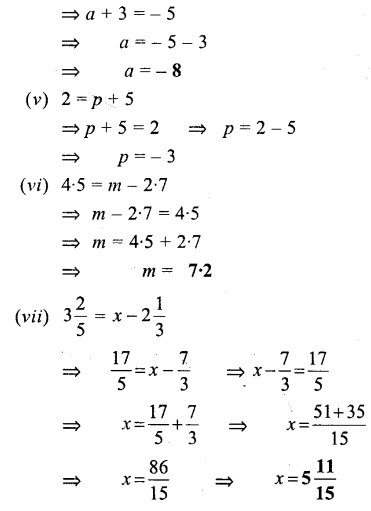
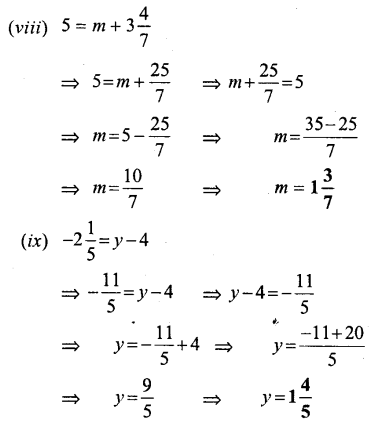


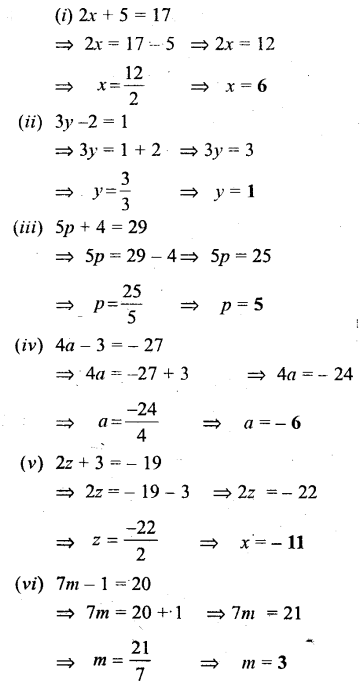
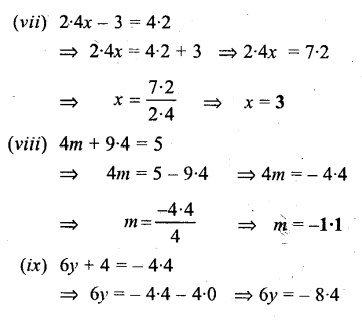

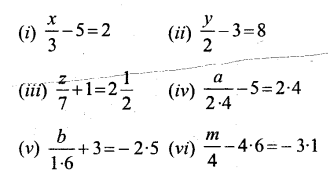

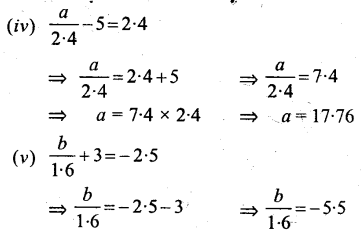

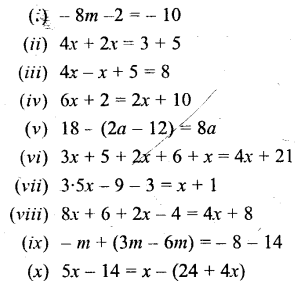
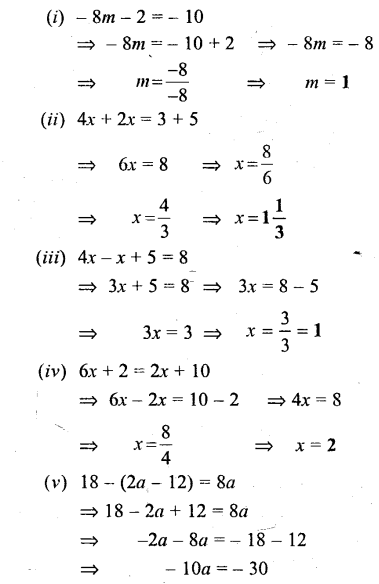
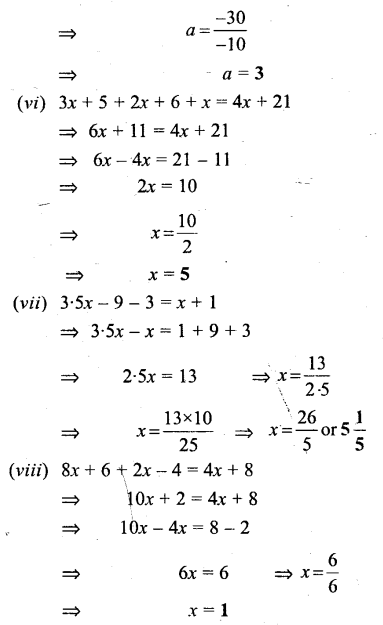


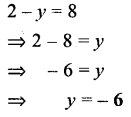


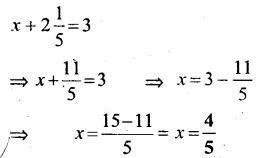

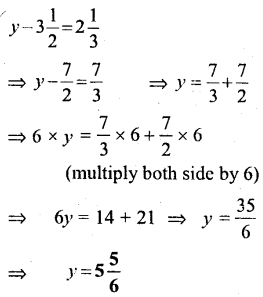


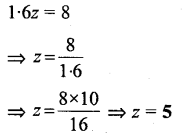
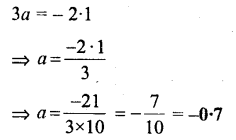
![]()




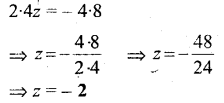

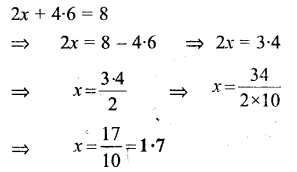

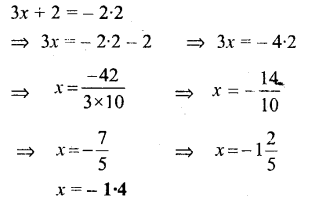

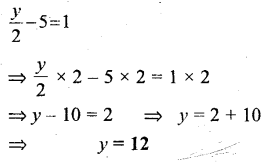
![]()
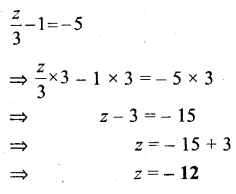

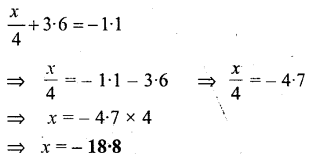
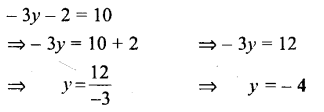
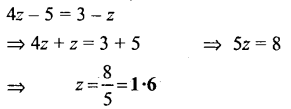

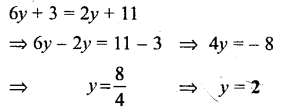

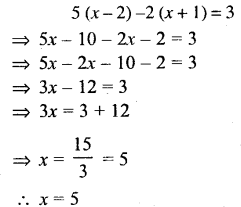
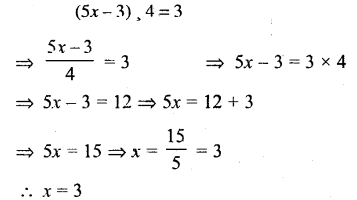


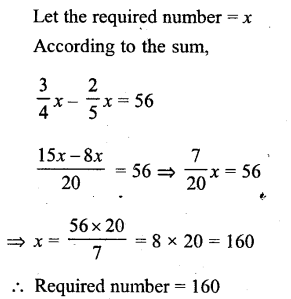
![]()

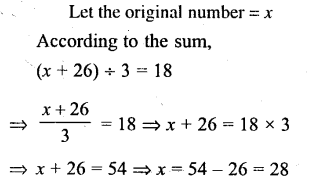



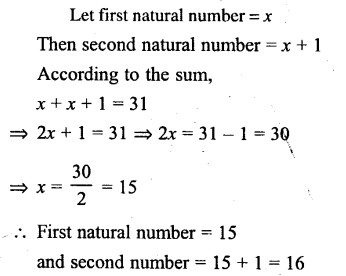

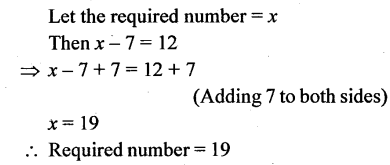
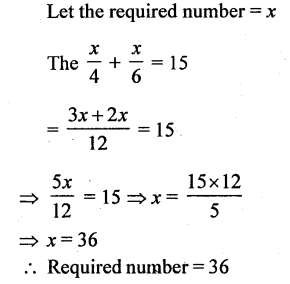
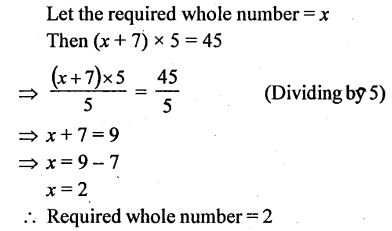

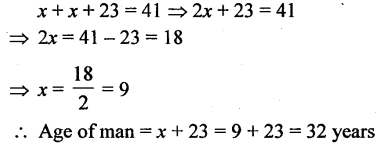
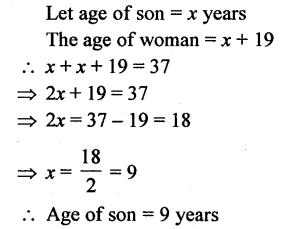
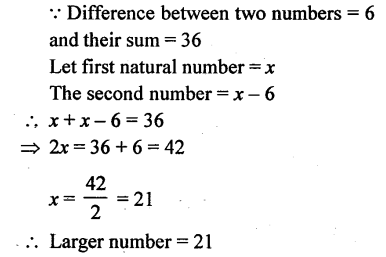
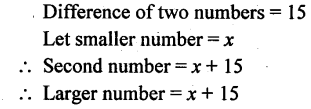
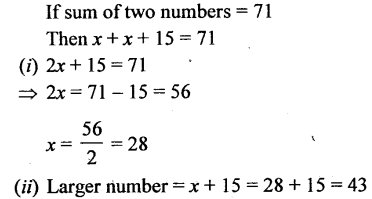
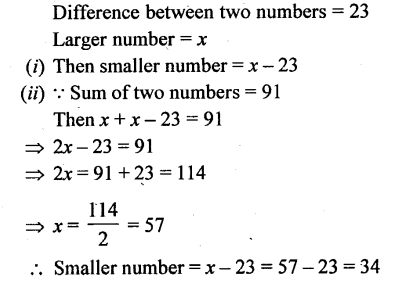
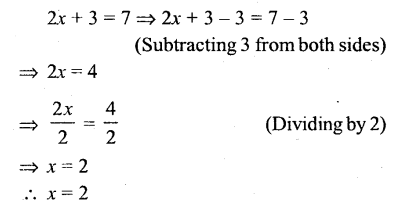
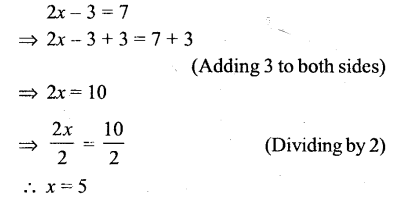
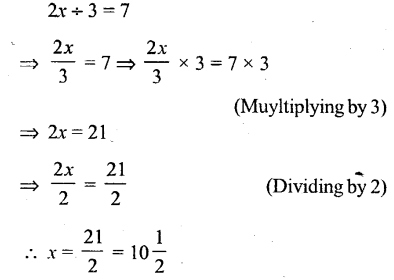
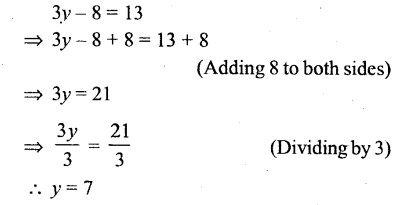
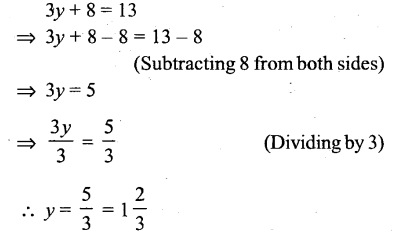
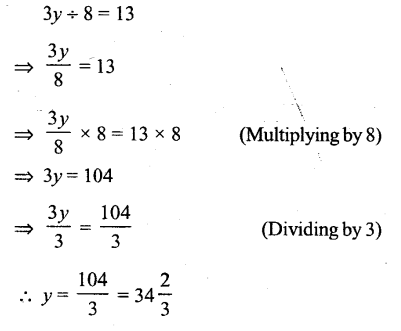

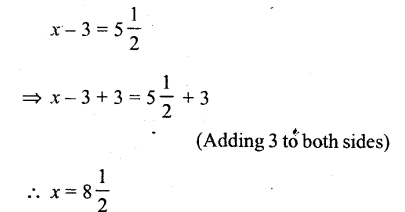


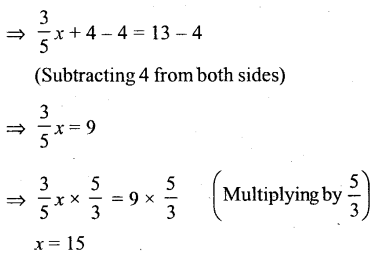


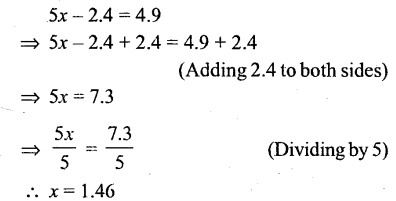


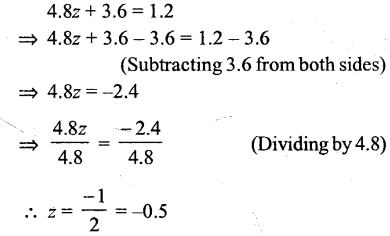



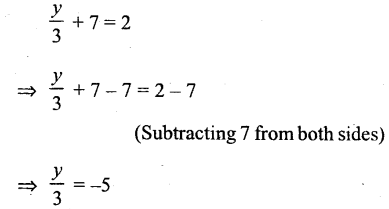


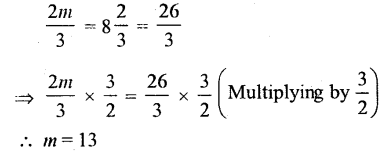
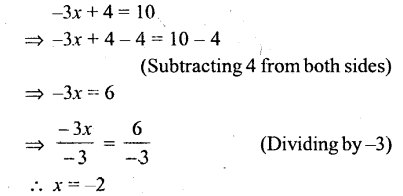

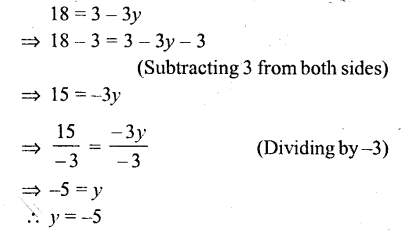


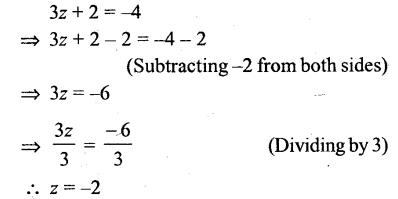
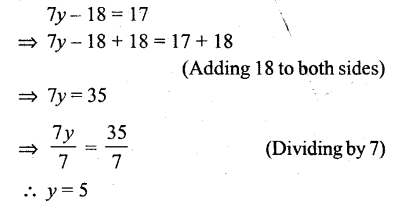

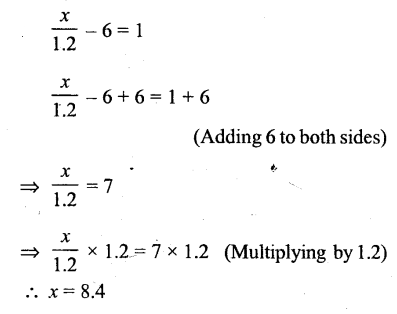





![]()
